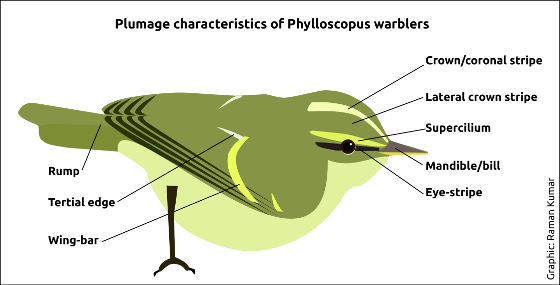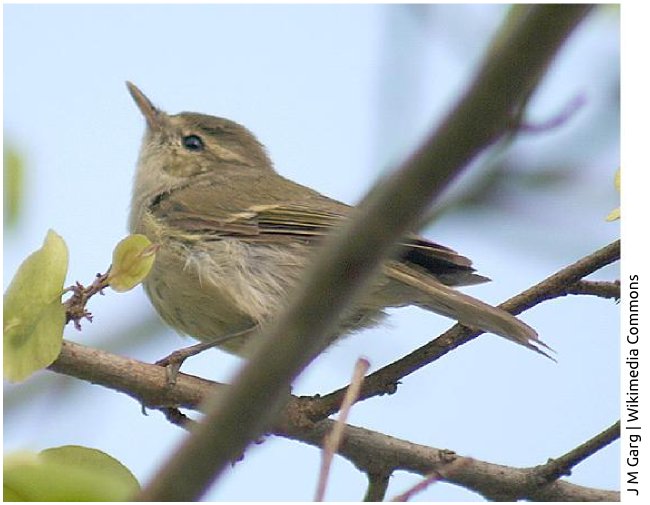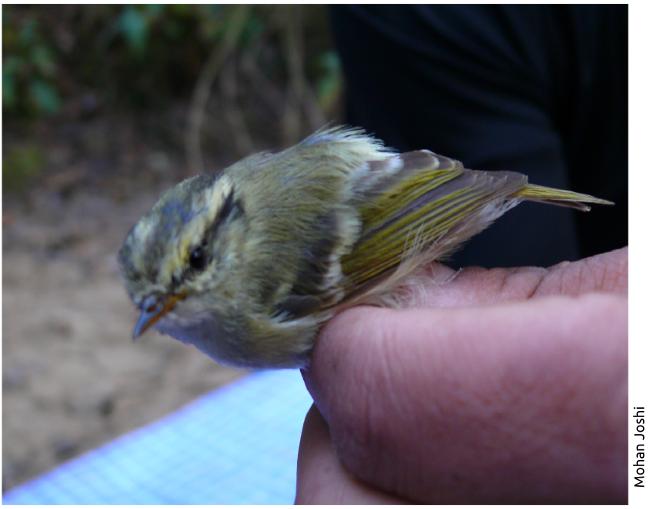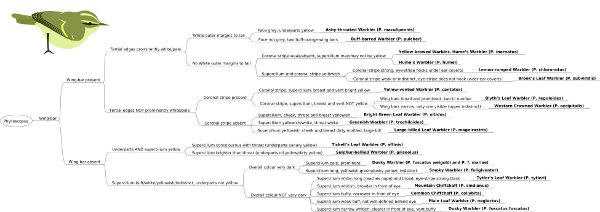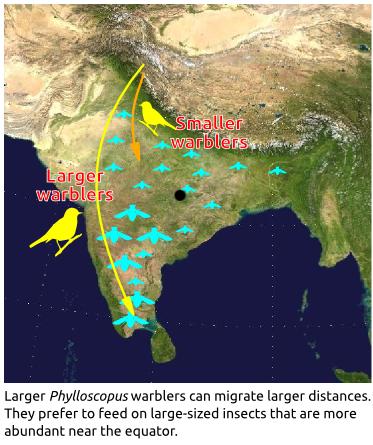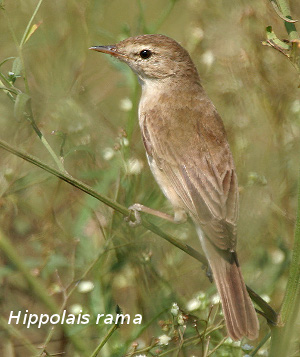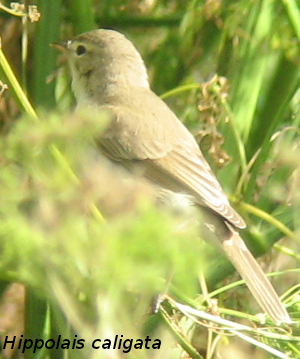Species names in MigrantWatch have remained unchanged since the start of the project, and an update is long overdue. We have now changed the names of some of the species in the MigrantWatch database, following following recent revisions in taxonomy and nomenclature.
As part of our efforts to integrate more closely with eBird, we decided to follow the eBird naming system, which, in turn, is synchronized with the Clements Checklist of the Birds of the World.
A practical consequence of this is that it is now much easier for you to upload your MigrantWatch sightings to your eBird account if you wish to do so. Note that the scientific names of species in MigrantWatch now match Clements/eBird exactly, and the English names are the same as if you set your preferences in eBird to “English (India)” as recommended for Indian birders.
A concise summary of changes is given below for your convenience (the complete list of changes can be downloaded here: MW name changes 2014-03-23). We urge you to refer to this list before submitting observations.
Both English and scientific names changed
|
Old name |
Updated name |
Notes |
||
|
Common Stonechat |
Saxicola torquata |
Common/ Stejneger’s Stonechat (Siberian Stonechat) |
Saxicola maurus |
The former Common Stonechat has been split, following which the species in India is the Siberian Stonechat, S. maurus. |
|
Eurasian Golden Oriole |
Oriolus oriolus |
Indian Golden Oriole |
Oriolus kundoo |
The former Eurasian Golden Oriole has been split, following which the species in India is the Indian Golden Oriole, O. kundoo. |
|
Orphean Warbler |
Sylvia hortensis |
Eastern Orphean Warbler |
Sylvia crassirostris |
Orphean Warbler has been split, following which the species in India is the Eastern Orphean Warbler, S. crassirostris. |
English name changed
|
Old name |
Updated name |
Notes |
|
Eurasian Skylark |
Skylark (Sky Lark) |
|
|
Grasshopper Warbler |
Common Grasshopper-Warbler |
|
|
Red-throated Flycatcher |
Red-breasted Flycatcher |
The former Red-throated Flycatcher had two subspecies, which are now recognised as separate species: Red-breasted and Red-throated. The Red-breasted Flycatcher retains the scientific name Ficedula parva, while the red-throated form is now Taiga Flycatcher Ficedula albicilla |
|
Red-breasted Flycatcher |
Taiga Flycatcher |
|
|
Spangled Drongo |
Hair-crested Drongo |
Hair-crested Drongo retained to prevent confusion with the Spangled Drongo found in Australia |
Scientific name changed
|
Old name |
Updated name |
Notes |
|
|
Alpine Swift |
Tachymarptis melba |
Apus melba |
|
|
Asian Brown Flycatcher |
Muscicapa dauurica |
Muscicapa latirostris |
|
|
Black-headed Gull |
Larus ridibundus |
Chroicocephalus ridibundus |
|
|
Black-winged Cuckooshrike |
Coracina melaschistos |
Lalage melaschistos |
|
|
Booted Warbler |
Hippolais caligata |
Iduna caligata |
|
|
Bridled Tern |
Sterna anaethetus |
Onychoprion anaethetus |
|
|
Bristled Grasswarbler |
Chaetornis striatus |
Chaetornis striata |
|
|
Broad-billed Sandpiper |
Limicola falcinellus |
Calidris falcinellus |
|
|
Brown-headed Gull |
Larus brunnicephalus |
Chroicocephalus brunnicephalus |
|
|
Buff-breasted Sandpiper |
Tryngites subruficollis |
Calidris subruficollis |
|
|
Caspian Tern |
Sterna caspia |
Hydroprogne caspia |
|
|
Demoiselle Crane |
Grus virgo |
Anthropoides virgo |
|
|
Dusky Thrush |
Turdus naumanni |
Turdus eunomus |
The former Turdus naumanni has been split |
|
Eurasian Crag-Martin |
Hirundo rupestris |
Ptyonoprogne rupestris |
|
|
Firethroat |
Luscinia pectardens |
Calliope pectardens |
|
|
Great Black-headed Gull |
Larus ichthyaetus |
Ichthyaetus ichthyaetus |
|
|
Greater Spotted Eagle |
Aquila clanga |
Clanga clanga |
|
|
Grey Bushchat |
Saxicola ferrea |
Saxicola ferreus |
|
|
Heuglin’s Gull |
Larus heuglini |
Larus fuscus heuglini |
Considered subspecies of the Lesser Black-backed Gull (Larus fuscus) which has a complex taxonomy |
|
Himalayan Rubythroat |
Luscinia pectoralis |
Calliope pectoralis |
|
|
Indian Blue Robin |
Luscinia brunnea |
Larvivora brunnea |
|
|
Lesser Crested Tern |
Sterna bengalensis |
Thalasseus bengalensis |
|
|
Little Tern |
Sterna albifrons |
Sternula albifrons |
|
|
Pied Thrush |
Zoothera wardii |
Geokichla wardii |
|
|
Rosy Starling |
Sturnus roseus |
Pastor roseus |
|
|
Ruff |
Philomachus pugnax |
Calidris pugnax |
|
|
Siberian Blue Robin |
Luscinia cyane |
Larvivora cyane |
|
|
Siberian Rubythroat |
Luscinia calliope |
Calliope calliope |
|
|
Slender-billed Gull |
Larus genei |
Chroicocephalus genei |
|
|
Sooty Tern |
Sterna fuscata |
Onychoprion fuscatus |
|
|
Sykes’ Warbler |
Hippolais rama |
Iduna rama |
|
|
Thick-billed Warbler |
Acrocephalus aedon |
Iduna aedon |
|
|
Whiskered Tern |
Chlidonias hybridus |
Chlidonias hybrida |
|

